
Tue & Wed - Nov. 8th & 9th
Current Governor's Mansion last used by Ron and Nancy Reagan for a short time. Nancy didn't like it as a place to raise little Ronny, so they moved out.
Sitting room or parlor.
Master bedroom, just as the Reagan's left it.
Arnold stays at the Hyatt across the street from the Capitol when he is in town. He has a special tent set up outside his office at the Capitol, so he can smoke his cigars. Smoking is not allowed in the building.

Down at Old Sacramento on the river front, we thought about eating at Joe's Crab Shack. Then we saw this sign and decided to wait until tonorrow.

The California State Railroad Museum is in Old Sacramento which is also a state park. Considered one of the finest museums in the country, it has over 20 restored locomotives and railroad cars.

This dining car was sold by the railroad in 1970 and was briefly a restaurant in Tea, South Dakota.
The passenger trains were quiet luxury on wheels with reclining seats, sleeping cars, private dining rooms, barbershop, showers, radios and phones.

Inside the dining car, each table has two place settings and each place setting is from a different set of china, glassware and silverware showing many of the different sets used on different trains. The kitchen is in the back end of the car.

During the Golden Age of Railroading, 1920s to 1950s, the Pullman cars carried 39 million passengers a year, one third of the U.S. population.

The booth seats folded down into a bed and the overhead compartment pulled down for another bunk. A curtain pulled shut for privacy. Now the Amtrak sleepers have locking doors.

Coordinating time schedules across the country was difficult, so the railroads created Standard Time and time zones. On Nov. 18, 1883 "The Day of Two Noons", railroad time became America's Standard Time.

There were cases and cases of model trains and toy trains and and games.

There were a couple of little boys just fascinated watching several sets of trains running in this display, as was I.

There were over 7,000 Pacific type locomotives built between the 1900s and 1950s. They could go 100 mph, but usually went 50 t0 60, and could pull 15 heavy passenger cars.

This is a Blue Jay Western 1" to scale model passenger train built by Bernard Farmen of Roslyn, SD. He was a clock maker, but his passion was model trains. This one took him 7 years to build.
 Pony Express started right here in Old Sacramento at 2:45 AM on April 4,1860, the first lap of a 1,966 mile trip to St. Joseph, Missouri. Each rider carried 20 pounds of mail in four cantinas (pockets) on a light leather mochilla (saddle). They had a dozen riders at a time who made $50 per month. They rode approx. 75 miles
Pony Express started right here in Old Sacramento at 2:45 AM on April 4,1860, the first lap of a 1,966 mile trip to St. Joseph, Missouri. Each rider carried 20 pounds of mail in four cantinas (pockets) on a light leather mochilla (saddle). They had a dozen riders at a time who made $50 per month. They rode approx. 75 miles  in 9 hours each lap, changing horses five times and it took about 10 seconds to change horses. Each trip took ten days. One rider once rode 22 miles in one hour and 5 minutes. The entire Pony Express era lasted only 19 months, had 121 riders, 800 ponies and 35,000 pieces of mail with only one pouch of mail lost.
in 9 hours each lap, changing horses five times and it took about 10 seconds to change horses. Each trip took ten days. One rider once rode 22 miles in one hour and 5 minutes. The entire Pony Express era lasted only 19 months, had 121 riders, 800 ponies and 35,000 pieces of mail with only one pouch of mail lost.
We walked through the Sacramento Historic City Cemetery started in 1849 with a gift of ten acres from John Sutter, owner of the land where gold was discovered. He is buried there along with senators, governors, generals, 1500 people and 17 doctors who died during the cholera epidemic of 1850 and many anonymous pioneers and gold seekers.

Alexander Hamilton's son is buried here somewhere, but it was getting dark and we couldn't find it.

Between 1848 and 1900 California gold seekers produced 2,300 tons of gold.

This is the highest point in the cemetery (maybe 35') and the highest point in Sacramento (elev. 25'). During the flood of 1861 the cemetery served as a safe haven from high waters. Hundreds of tents were seen on it's hills. The cemetery is at least a mile from the river.

This is just a small monument to Mark Hopkins, one of the "Big Four". Along with Leland Stanford, Collis Huntington and Charles Crocker, they were responsible for getting the transcontinental Central Pacific Railroad built.
 Wells Fargo headquarters brought the bulk of California's gold and Nevada's silver to Sacramento and put it on steamers to San Francisco. Henry Wells and William G. Fargo were express and banking pioneers and in 1850 were founders of American Express. Wells built the earliest telegraph lines ending the need for pony express. Fargo's later involvement with the Great Northern Railroad resulted in the town of Fargo bearing his name.
Wells Fargo headquarters brought the bulk of California's gold and Nevada's silver to Sacramento and put it on steamers to San Francisco. Henry Wells and William G. Fargo were express and banking pioneers and in 1850 were founders of American Express. Wells built the earliest telegraph lines ending the need for pony express. Fargo's later involvement with the Great Northern Railroad resulted in the town of Fargo bearing his name.
In case we were missing winter, they have an ice skating rink right downtown. 60 degrees, now that's the way to go ice skating!
We will be at John's sister's in Hanford, central California, tomorrow night for the next three weeks. I probably won't be blogging much until about the second week of December.
Happy Thanksgiving to all!


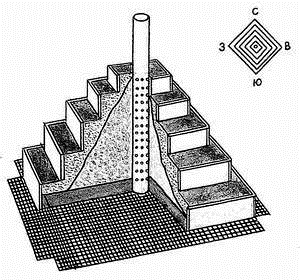 3 Хорошая, удобренная земля. Пирамидкой можно замаскировать кучу строительного мусора,или компоста. Еще из плюсов - удобно обрабатывать от вредителей,собирать урожай,меньше поражается гнилью. А теперь фото из интернета для воодушевления!!!
3 Хорошая, удобренная земля. Пирамидкой можно замаскировать кучу строительного мусора,или компоста. Еще из плюсов - удобно обрабатывать от вредителей,собирать урожай,меньше поражается гнилью. А теперь фото из интернета для воодушевления!!! 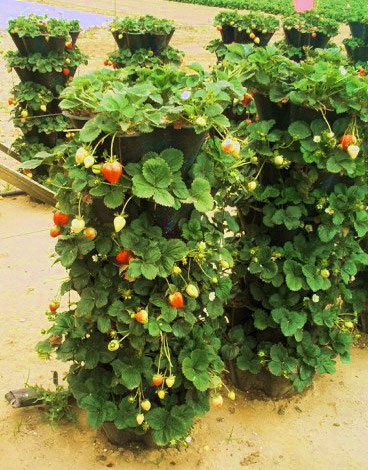


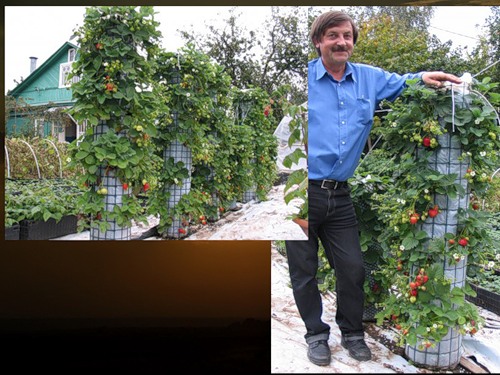
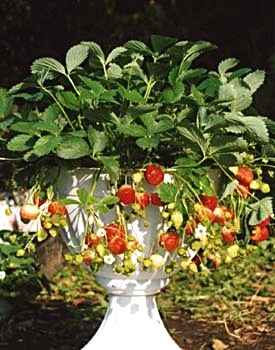
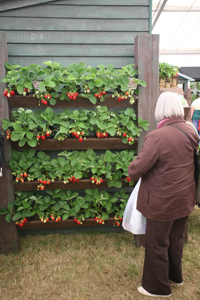


 А вот такие делают уже промышленным способом,которые годятся и для красивых клумб
А вот такие делают уже промышленным способом,которые годятся и для красивых клумб 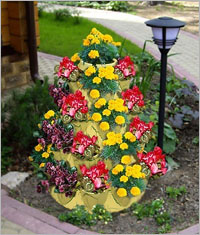
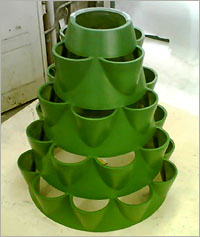 PS Глюк что ли сегодня какой ,не могу нормально фото расположить. Но что есть-то есть((
PS Глюк что ли сегодня какой ,не могу нормально фото расположить. Но что есть-то есть((